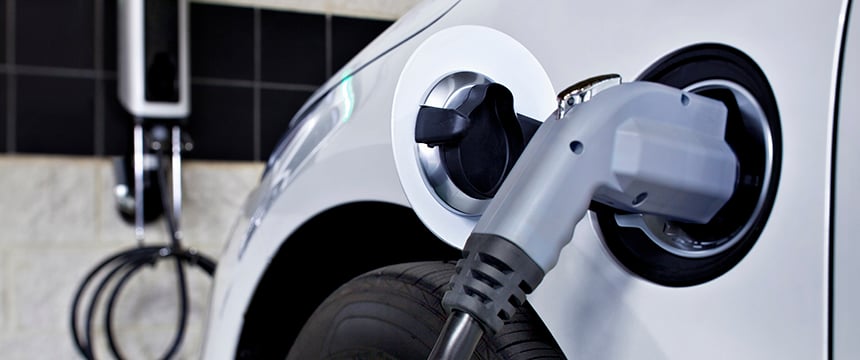EV Charging Station Tax Credits are Back: Inflation Reduction Act Extension of the Section 30C Tax Credit

After expiring at the end of 2021, the Internal Revenue Code Section 30C tax credit for electric vehicle charging stations is back. Technically referred to as the “Alternative Fuel Vehicle Refueling Property Credit,” the Section 30C tax credit will come back into force for charging stations placed in service after December 31, 2022. While the credit will look similar to the credit that expired on December 31, 2021, there are some key distinctions to pay attention to.
The new Section 30C tax credit provides a headline credit for up to 30 percent of the cost of a “qualified alternative fuel vehicle refueling” station, subject to a $100,000 per station limit. (IRC § 30C(a),-(b)). With those headline numbers come some caveats, however.
Similar to some of the limitations we have written about for the ITC and PTC, the Section 30C credit is subject to a 6 percent base credit with the full 30 percent credit only available if certain prevailing wage and apprenticeship requirements are also met. In addition to these labor limitations, the IRA put geographic limitations on the Section 30C tax credit.
Specifically, the EV charging station must be located in an “eligible census tract.” The definition of “eligible census tract” creates two paths for eligibility: (1) charging stations located in a “low-income community” as defined in Section 45D(e) of the IRC (a limitation familiar to those working with New Markets Tax Credits under Section 45D); or (2) a census tract that is “not an urban area.”
A “low-income community” is a census tract with a poverty rate of at least 20 percent. The definition of “low income community” is also met if the tract is not located in a metropolitan area and the median family income for such tract does not exceed 80 percent of the applicable statewide median family income. If the tract is located in a metropolitan area, it constitutes a “low income community” if the median family income of the tract does not exceed 80 percent of the applicable statewide or metropolitan area median family income.
Section 30C defines an “urban area” as a census tract which, according to the most recent decennial census, was designated as an urban area by the Secretary of Commerce. The Census Bureau publishes the urban and rural classifications on its website and is scheduled to release its final urban area designations in December 2022 for the 2020 decennial census.
While there are certainly some additional hoops to jump through to qualify an EV charging station for the Section 30C tax credit, the IRA provided some clarifications on eligibility that may expand the applicability of the credit. For example, Section 30C is clearly applicable to bidirectional charging infrastructure that enables EVs to not only draw energy from the grid, but to supply energy to the grid. Furthermore, the renewal of Section 30C preserves the tax credit eligibility for EV charging infrastructure installed for (and owned by) a tax-exempt entity. In this scenario, the company that sold EV charging infrastructure to a tax-exempt entity will be treated as the taxpayer eligible for the 30C credit so long as such person clearly disclosed to the nonprofit entity the amount of the credit allowable.
Overall, it will be good to have the Section 30C credit back for developers, installers, and users of EV charging stations. This credit, coupled with the other federal investment being deployed for the nation’s EV charging station buildout, should further incentivize investment in EV charging infrastructure. Notably, the extension of the Section 30C credit has the potential to make tax equity investment in EV charging infrastructure available more broadly.
Foley is continuing to monitor developments in the area of EV charging infrastructure deployment and is available to help clients put these developments into practice for their businesses.

